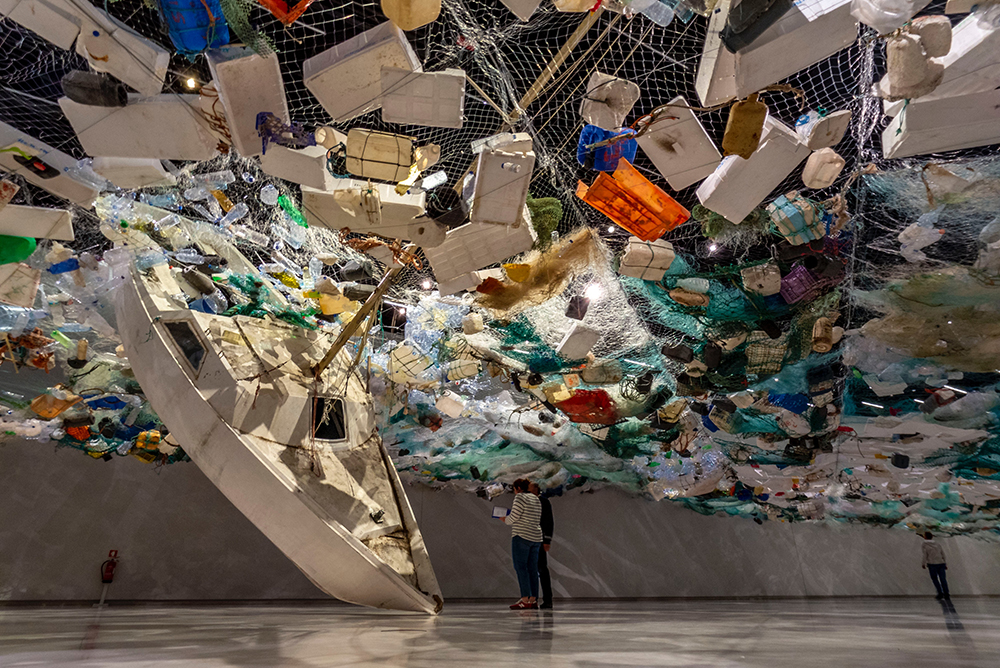In a paper published on 13 January 2020, researchers from the University of Vermont and Tufts University discuss computer-designed, novel organisms called Xenobots. Xenobots consist of skin and muscle cells. The skin cells stabilize the organisms, the muscle cells enable them to perform different activities. A nervous system is not present. An AI system calculates the optimal structure and ratio of the cells in relation to a specific function. The Xenobots are assembled according to the resulting construction plan. In fact, the cells appear to work together. The researchers see different areas of application. One could build Xenobots that move forward in the sea and have a pocket inside in which they collect microplastics. Once the biorobots are filled, they can go to a place where they die, whereby it is not clear whether they live at all, like classical organisms. In any case, all that would remain in this place would be the plastic particles and functionless cells. Both can easily be disposed of. However, Xenobots would also be swallowed by marine animals like fishs and turtles during their work and would be exposed to other dangers. In addition, normal robots are better suited for the removal of macroplastics.
The Ocean Cleanup’s First Results
As Golem reported on 13 December 2019, The Ocean Cleanup project has landed 60 large bags of plastic waste. The plastic waste comes from the Pacific, where several areas are heavily affected. In October, the project managers announced that the 001/B system was working as planned. System 001 had to be reworked because the plastic collected in it but then spilled out again. Now garbage of all sizes was found, from huge nets to household garbage such as car tires or plastic bottles to microplastic. The plastic is now to be recycled – so founder Boyant Slant is quoted by Golem. The goal is to create sustainable products. In a final thesis at the University of Applied Sciences and Arts Northwestern Switzerland a student recently described and evaluated six projects for the disposal of plastic waste in seas. An overview can be found here. The Ocean Cleanup was also discussed, beside the WasteShark that sticks out as a robot.
The Interceptor in the Cengkareng Drain
Plastic in rivers and seas is one of the biggest problems of our time. Whether bottles or bags, whether macro or micro plastic – the flora and fauna is impaired and destroyed. Six projects against plastic waste have already been presented here. The focus was on the seas. One of the initiatives is now also active in the rivers. This is very important because what is fished out in the rivers no longer ends up in the oceans. The magazine Fast Company reported on 26 October 2019: “In the Cengkareng Drain, a river that runs through the megacity of Jakarta, Indonesia, tons of plastic trash flows to the ocean each year. But now a new solar-powered robot called the Interceptor is gobbling up the waste so that it can be recycled instead. The system was designed by the nonprofit The Ocean Cleanup, which spent the past four years secretly developing and testing the technology while it continued to work on its main project – a device that can capture plastic trash once it’s already in the ocean.” (Fast Company, 26 October 2019) This is good news. However, the most important thing is to avoid plastic waste. Otherwise, the destruction of the waters will continue unstoppably.


